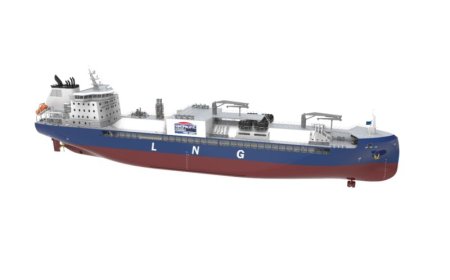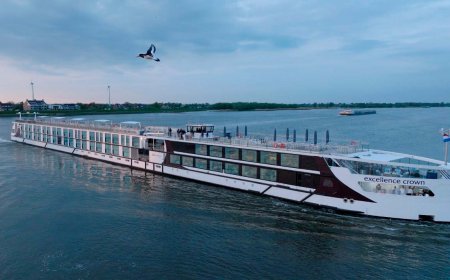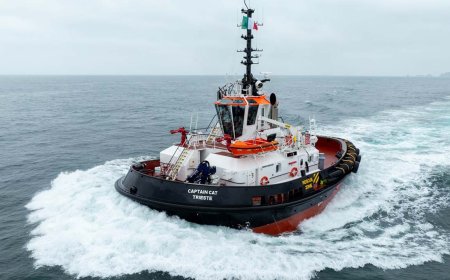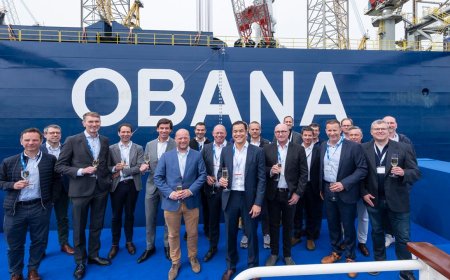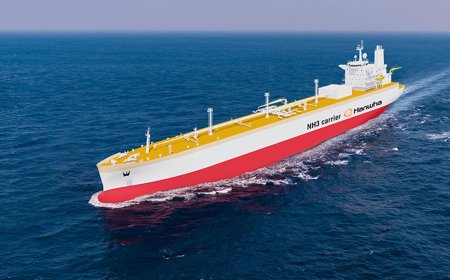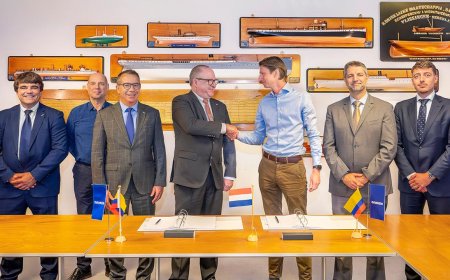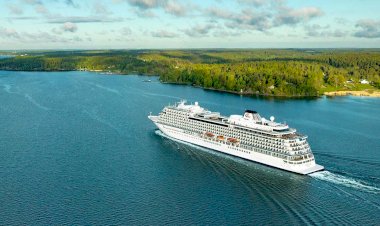HD Hyundai starts to build first LCO₂ carrier first in Korean Shipbuilding Industry
HD Hyundai Shipbuilding affiliate HD Hyundai Mipo will start building a liquefied carbon dioxide (LCO₂) carrier for the first time in Korea.
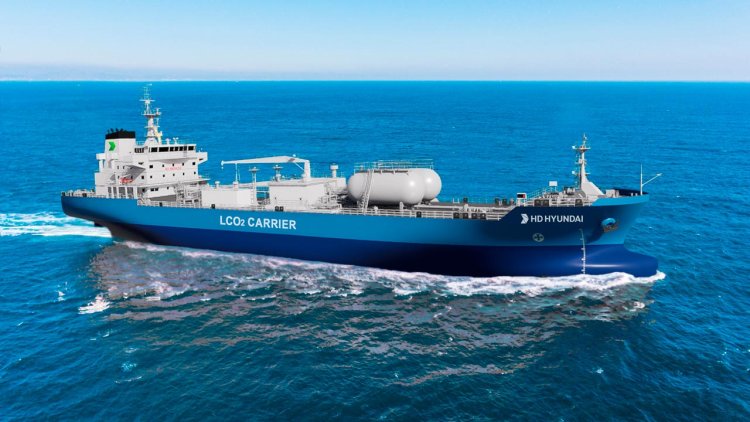
The LCO₂ carrier, which HD Hyundai Mipo launched to build, is the first of the four same-class linear ships awarded from the Greek shipowner 'Capital Maritime Group' from July last year to January this year.
With a length of 159.9m, a width of 27.4m and a height of 17.8m, it is the largest LCO₂ carrier ordered worldwide to date. Starting with the groundbreaking ceremony, HD Hyundai Mipo plans to build four LCO₂ carriers sequentially and deliver them from November next year to the second half of 2026.
LCO₂, developed for the purpose of liquefying and transporting carbon dioxide (CO₂), is classified as a representative next-generation eco-friendly ship. As carbon capture, utilization, and storage (CCUS) technology is gaining more and more attention in the decarbonization field, demand for LCO₂ carriers that transfer collected carbon dioxide to storage facilities is also increasing. In particular, if CCUS technology is advanced, LCO₂ carriers are likely to become larger than today, so the shipbuilding industry is paying attention to it as the next generation of food.
HD Hyundai Mipo will load three "bi-lobe-type carbon dioxide storage tanks" on ships that can maintain a low-temperature environment of about minus 55 degrees Celsius and high-pressure conditions five times atmospheric pressure. This is because low temperature and high pressure conditions must be met in order to mass transport carbon dioxide that exists in a gaseous state at room temperature for liquefaction. For example, if the pressure of the tank is lowered, the liquefied carbon dioxide can turn into a solid "dry ice" form, putting a burden on the pipe. HD Hyundai Mipo is upgrading its LCO₂ pressure control technology through the "ship carbon neutral R&D demonstration facility" completed in April with HD Hyundai Shipbuilding affiliates such as HD Korea Shipbuilding & Marine Engineering and HD Hyundai Heavy Industries.
In addition, the virove-type carbon dioxide storage tank can carry various liquefied gas cargoes such as liquefied petroleum gas (LPG) and ammonia in addition to LCO₂. In addition, HD Hyundai Mipo has decided to apply an internal ice design technology that enables safe navigation in the ice sea to the construction of LCO₂ carriers. In addition, 2,500kW of land power supply (AMP) and nitrogen oxide reduction (SCR) will be applied to reduce air pollutants such as fine dust and sulfur oxides and use them as ammonia-powered ships through future renovation work.
An official from HD Hyundai Mipo said,
"We will be reborn as a solution company that leads the marine mobility sector with solid competitiveness in the next-generation ship market."
